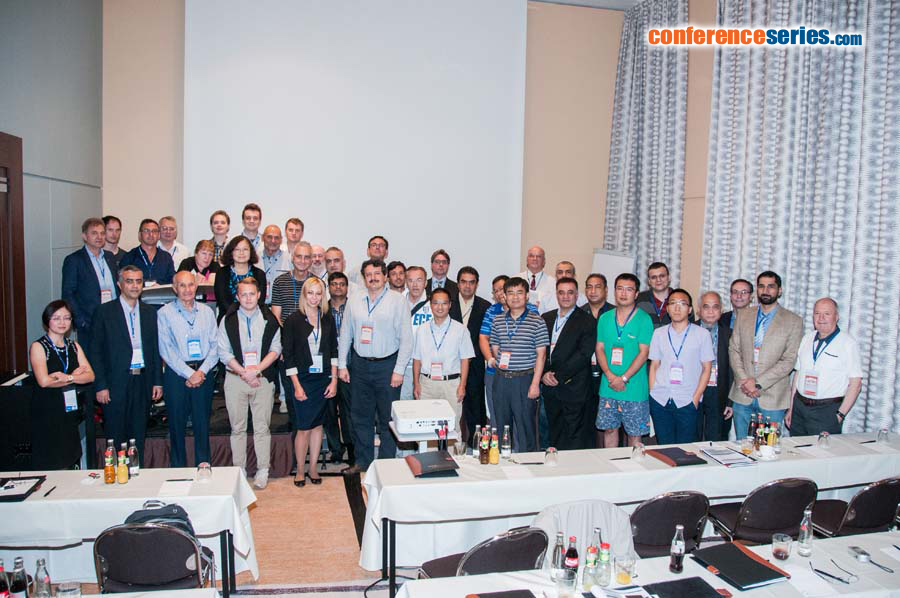
Bernhard Roth
Leibniz University Hannover, Germany
Title: All-polymer planar optical sensing devices integrated in thin foils
Biography
Biography: Bernhard Roth
Abstract
Planar optical sensor devices integrated into thin polymer foils hold great promise for a wide range of new applications in structural health monitoring for buildings and aircraft or process control in production environments and the life sciences. Various such applications demand for fully integrated, large area optical foils with extensive optical sensor functionality. Therefore, the primary challenge is to develop sensor concepts which translate the physical and chemical parameters into optical signals, such that the resulting sensor networks will allow large-area, spatially-resolved measurements, and to manufacture and integrate all components required, e.g. laser sources, detectors, optical waveguides and coupling elements into thin foils, ideally using high-volume, roll-to-roll manufacturing technology. Consequently, research in the field has been very active during the last few years and, besides the investigation of suitable optical sensor concepts, revolves about the development of novel production technologies, often through combination of modern laser technology and state-of-the-art micro-structuring, as well as concepts for large-area integration. In my talk, I will give an overview on our research in this field. Our activities range from the realization of efficient optical waveguides and coupling elements using laser and hot embossing techniques, the development, simulation and demonstration of all-polymer optical sensor devices for detection of, e.g., strain, humidity, or concentration to combination of such systems to more complex arrays intended for distributed 2D sensing. I will present some of the results we recently obtained and discuss the next steps of our work as well as the route towards resource and cost-efficient implementation.


